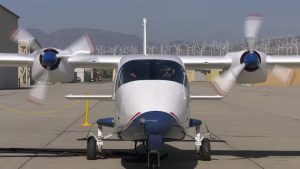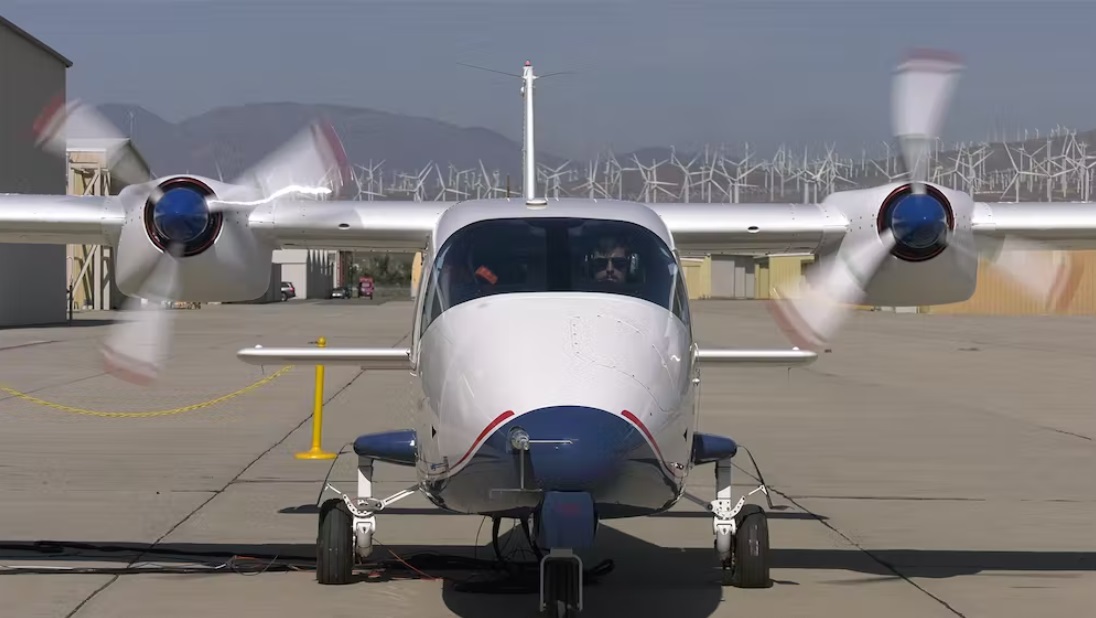
NASA’s “all-electric” plane X-57 is set to take off
NASA’s “all-electric” plane X-57 is soon set to take off, the US space agency. The plane has 14 propellers along its wings and is powered entirely by electricity. Recently, NASA’s X-57 Maxwell performed successful thermal testing of its cruise motor controllers. Thermal testing is important because it validates the design, operability, and workmanship quality of aircraft controllers. The controllers have temperature-sensitive parts and must be able to withstand extreme conditions during flight.
Buy Prime Test Series for all Banking, SSC, Insurance & other exams
About the NASA’s “all-electric” plane X-57
- The X-57 uses lithium batteries to run electric motors for its propellers.
- The cruise motor controllers convert the energy stored in the aircraft’s lithium-ion batteries to power the aircraft’s motors. However, the energy of lithium-ion batteries is 50 times less than aviation fuel.
- The controllers use silicon carbide transistors to deliver 98% efficiency during high-power take-off and cruise, meaning they do not generate excessive heat and can be cooled off by the air flowing through the motor.
- With a range of about 160 km and a flight time of about one hour, the X-57 is not expected to lead to a replacement technology for long-haul flying. Instead, short-hop flights with ten or so passengers are a good and potentially possible target for early, battery-powered flights.
Important takeaways for all competitive exams:
- NASA Headquarters: Washington, D.C., United States;
- NASA Founded: 29 July 1958, United States;
- NASA Founder: Dwight D. Eisenhower.
You may also read this:
- SpaceX Awarded shared NASA contract worth up to $100 million
- NASA and IBM Partners to Build AI Foundation Models to Advance Climate Science




 Govt. Extends Tenure of SBI MD Ashwini K...
Govt. Extends Tenure of SBI MD Ashwini K...
 Google Launches Its First-Ever Credit Ca...
Google Launches Its First-Ever Credit Ca...
 Top and Bottom 10 Countries in the Globa...
Top and Bottom 10 Countries in the Globa...







